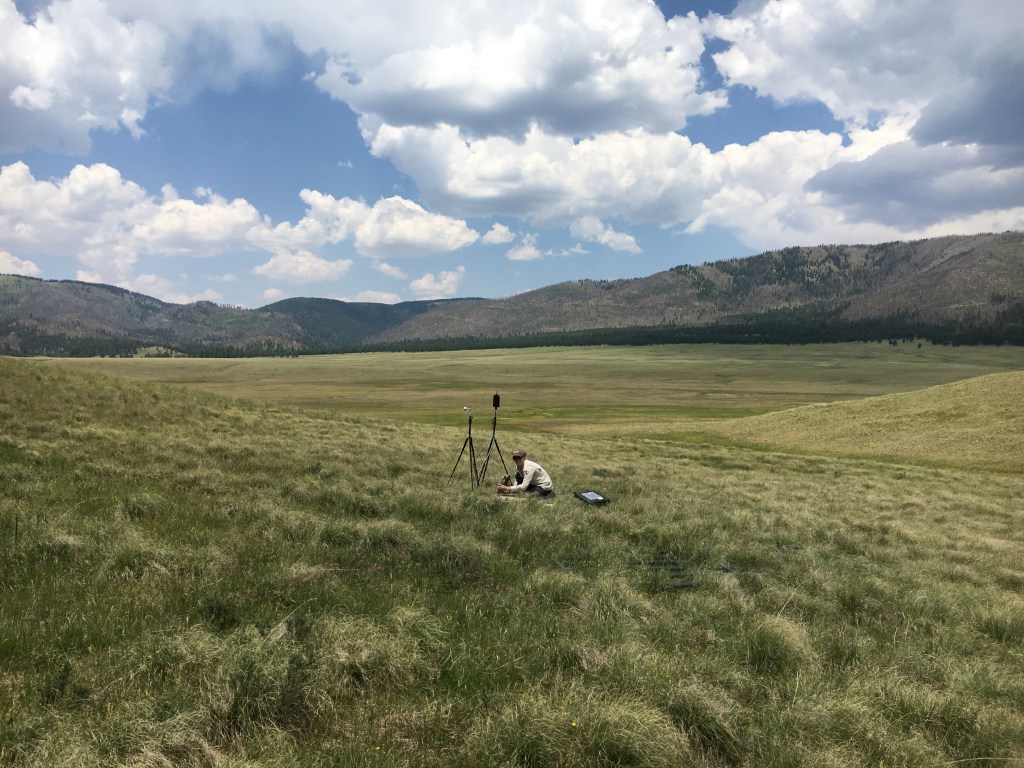Tropeognathus mesembrinus, with a wingspan of more than 25 feet, opens the exhibit. Photo via AMNH/R. Mickens.
Dinosaurs may have been the stars of the Mesozoic Earth, but pterosaurs were the undisputed masters of the skies. They were the not only the first vertebrates to defy gravity, but the largest airborne creatures of all time. Constantly eclipsed by their land-bound dino-brethren, pterosaurs are long overdue for an exhibit of their very own, and the American Museum of Natural History has delivered one with flying colors.
“Pterosaurs: Flight in the Age of Dinosaurs” opens on April 5, and is packed with fossils, scale models, and interactive activities. “This is quite an extraordinary collection. Not just an exhibition but a collection,” said Michael J. Novacek, head curator of paleontology at AMNH, at a preview of the show. “In fact, it’s the most diverse—the most synoptic—collection of specimens just in one place, let alone in an exhibit. I think that should be emphasized.”
Videos by VICE
Some highlights include very rare fossilized ptero-tracks, the remains of a giant, unidentified species found in 2012, and an interactive display in which visitors pilot a virtual reality pterosaur (I killed my poor flyer about six times before quitting).
The “Fly Like A Pterosaur” exhibit, via AMNH/D. Finnin.
But the real show-stopper was the scale model of the largest creature ever to take the skies: the Quetzalcoatlus northropi. With a wingspan of 33 feet, this pterosaur looks like it flew straight out of a fantasy novel. It is truly astonishing to compare the the hummingbird-sized Nemicolopterus crypticus model at the beginning of the exhibit to the straight-up dragon that awaits visitors at the end.
Pterosaurs were in a league of their own, with a shared anatomy distinct from other flyers and yet diverse within the family. “One of the things I’ve really tried to emphasize over the years […] is that pterosaurs should be viewed as their own unique and interesting group of animals, and not just glorified birds or glorified bats,” said biomechanist Michael Habib, a world expert on pterosaur flight and a consultant for the exhibit.
“That not only is a more interesting and fun way to look at them, but it’s really ultimately a more accurate way of looking at them. If you model them as just glorified birds, you don’t get very good answers.”
Habib worked with the exhibits head curators Mark Norell and Alexander Kellner—both world-renowned paleontologies—to demonstrate how pterosaurs of all shapes and sizes launched, landed, and maneuvered while airborne. The team was particularly excited to bring the exhibit to the public given that during the last two decades, we’ve entered a kind of Pterosaur Renaissance, catalyzed by the discovery of two massive new fossil beds.
Pterodactylus antiquus fossil cast, via AMNH/C. Chesek.
“There’s five places in the world where most of the known pterosaurs come from,” explained Norell. “Three of them have been known since the 19th Century—Bavaria, the south coast of England, and the interior of the United States.” But in only the last 20 years, paleontologists discovered the Araripe Basin in Brazil along with a wealth of deposits in northeastern China.
“These new places have opened a whole new chapter in pterosaur research because of the immense diversity and numbers of pterosaurs that have been coming out,” said Norell. “We were stuck with three places for over a hundred years, now we have two more [..] that are even better, and it’s just exploded in both the diversity and the number of specimens.”
Naturally, the explosion of discoveries has inspired a host of tantalizing, new questions. For example, why are pterosaur fossils so much more abundant than those of early birds? The two families shared the skies for many millions of years, and according to Kellner, in most cases pterosaur skeletons would have been even more thin and fragile than avian bones.
The diverse crests of the pterosaur family, via AMNH/D. Finnin.
“There is no preservational explanation for it,” Kellner said. “But yet [in the deposits], pterosaurs are abundant and birds are rare,” especially on shorelines. Meanwhile, his answer to the question of why pterosaurs were wiped out by the KT extinction event while birds soldiered on was an enthusiastic “I don’t know!”
AMNH has clearly picked the perfect time to celebrate the pterosaur family’s ascendant glory, and to inspire the next generation of paleontologists to tackle the mountain of unanswered questions about their world. So if you happen to be in New York, stop by “Pterosaurs: Flight in the Age of the Dinosaurs”—if only to breathe a sigh of relief that you don’t have to deal with Quetzalcoatlus swooping down to grab you in its talons on your way to work. The things we take for granted.



